Flying overnight often feels more exhausting than efficient. You’re tired, cramped in an airplane seat that wasn’t designed for comfort, and surrounded by the constant hum of engines and fellow passengers. Yet somehow, you’re supposed to drift off into dreamland and wake up well-rested at your destination.
The truth is, red-eye flights don’t have to be a nightmare. With the right approach, you can actually get decent rest and arrive feeling somewhat human. Think of it like camping — it’s not going to be your bedroom at home, but with some preparation and smart strategies, you can make it work.
Here’s a list of 18 proven tips that frequent flyers swear by to catch some quality sleep on overnight flights.
Choose a Window Seat
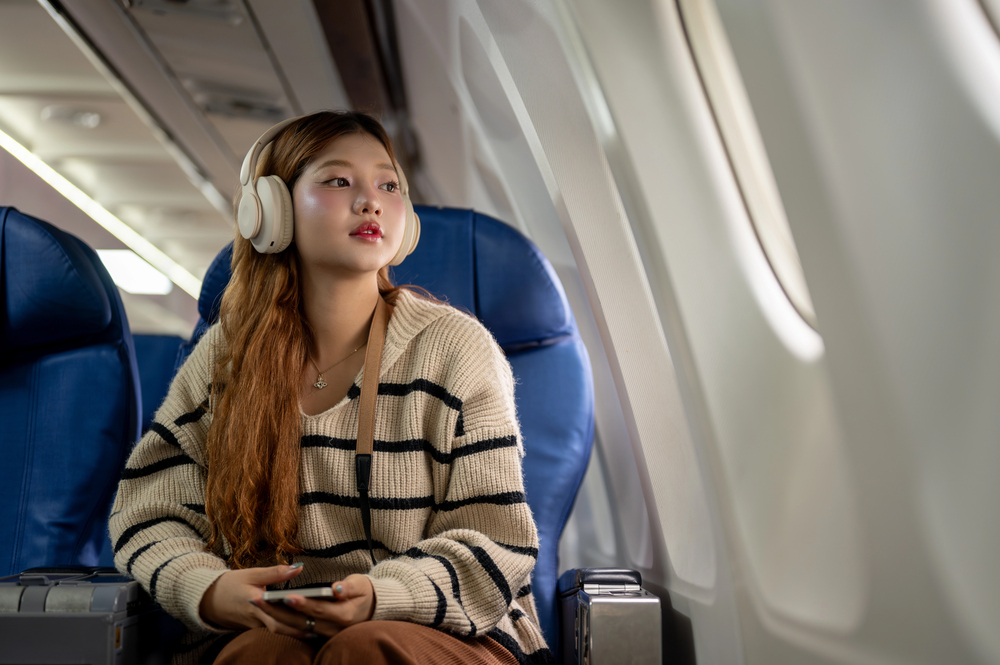
Window seats are your best friend on red-eye flights. You get a wall to lean against, which gives side sleepers something solid to rest their head on. Plus, you won’t be disturbed every time your seatmates need to use the restroom or stretch their legs. The downside is that you might need to wake people up if nature calls, but most overnight flights see less bathroom traffic anyway. Many airlines let you select window seats for free during online check-in, so grab one as soon as that 24-hour window opens.
Book the Latest Departure Time
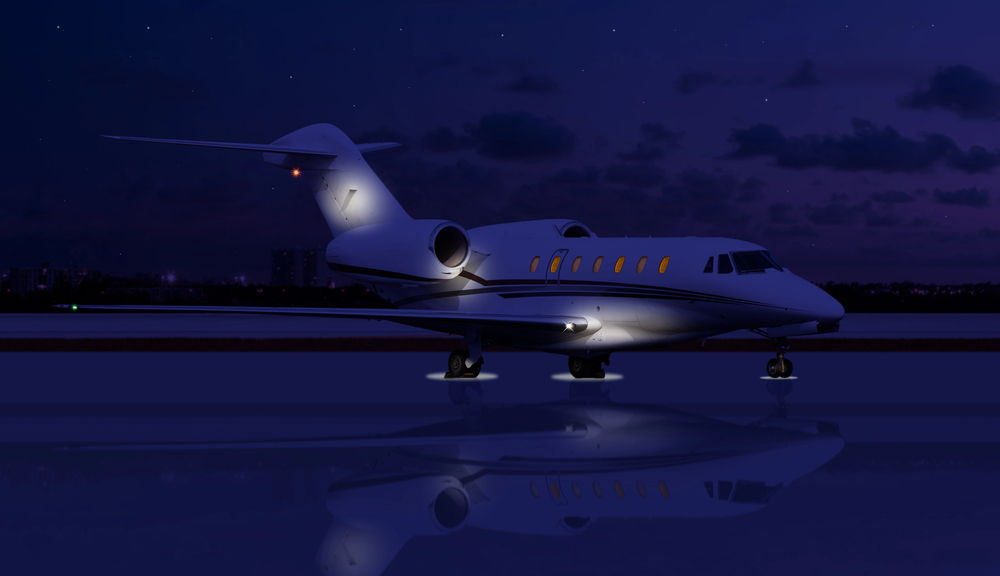
Resist the temptation to take that 9:30 PM flight thinking you’ll get more time at your destination. Your body isn’t ready to sleep that early, and you’ll spend hours tossing and turning in your seat. A departure around 11:30 PM or midnight works much better because you’ll actually be tired by the time you board. It’s like the difference between trying to nap at 7 PM versus your normal bedtime. The extra hour or two of departure delay can mean the difference between three hours of actual sleep versus three hours of frustrated fidgeting.
Invest in a Quality Travel Pillow
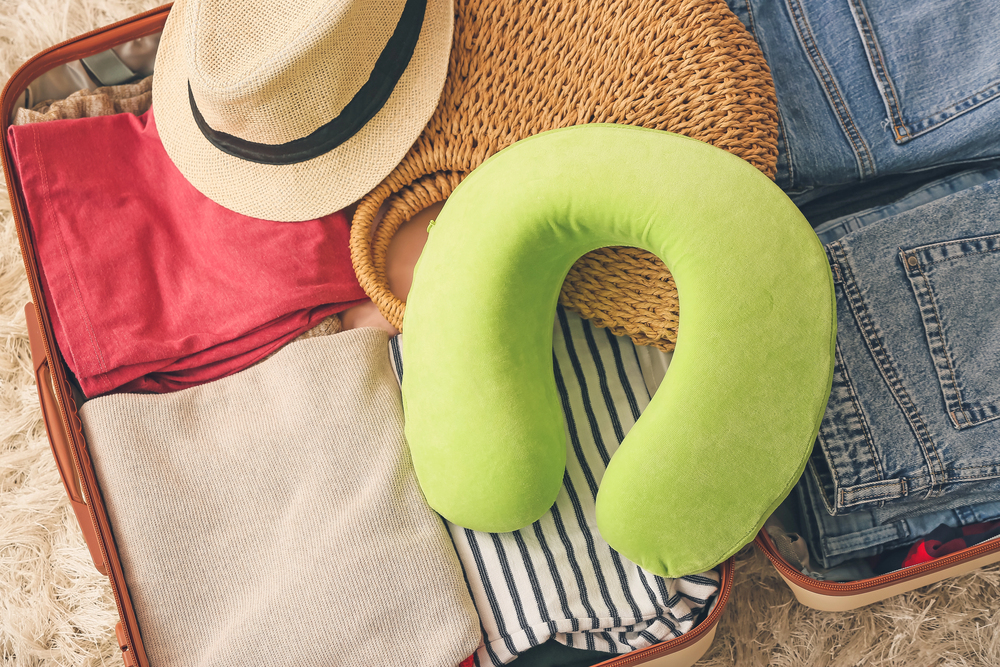
Forget those basic horseshoe neck pillows that push your head forward awkwardly. Modern travel pillows use innovative designs that actually support your head and prevent the dreaded head bob that jolts you awake. Some wrap around your head like a soft headband, while others attach to the seat’s headrest to keep you upright. A good travel pillow is the difference between waking up with a crick in your neck and actually feeling rested. Expect to spend between $30 to $60 for a pillow that actually works, but consider it an investment in your travel comfort for years to come.
Pack Your Sleep Arsenal
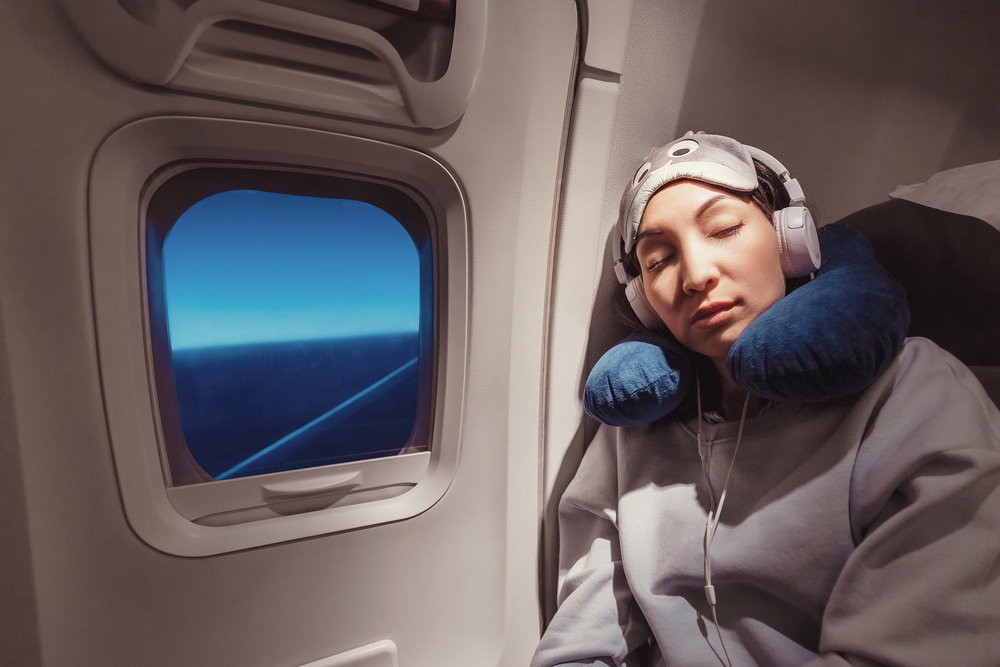
Think of your carry-on as mission control for sleep. Bring earplugs to muffle engine noise and chatty passengers, an eye mask to block out cabin lights and movie screens, and noise-canceling headphones for the ultimate quiet experience. These items work together like a sleep team — each one handles a different aspect of the airplane environment that keeps you awake. Test all your gear at home first because discovering that your eye mask slips off or your earplugs are uncomfortable at 35,000 feet is not the time for product reviews.
Master the Art of Layering
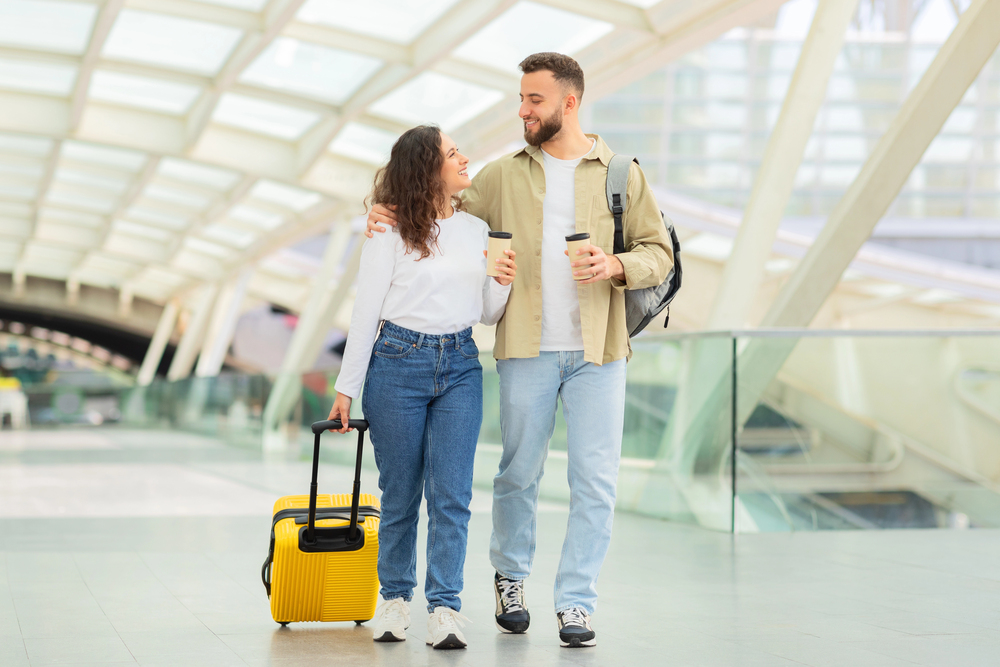
Airplane temperatures are as unpredictable as the weather. The cabin might start warm, then turn into an icebox halfway through the flight. Dress in layers so you can adjust as needed — think loose pants, a comfortable shirt, and a cardigan or hoodie you can put on or take off. Bring thick socks too, because cold feet are sleep killers. Skip anything with metal zippers or buttons that might press uncomfortably against your skin when you’re trying to get comfortable in an already cramped space.
Time Your Sleep Aid Perfectly

If you use over-the-counter sleep aids, take them about 20 to 30 minutes before you want to fall asleep, not before boarding. This usually means waiting until after dinner service when the cabin settles down. The goal is to time it so the medication kicks in when you’re actually trying to sleep, not when you’re still dealing with overhead compartments and safety demonstrations. Remember that sleep aids can leave you groggy for hours after landing, so factor that into your arrival day plans.
Stay Hydrated, But Be Strategic
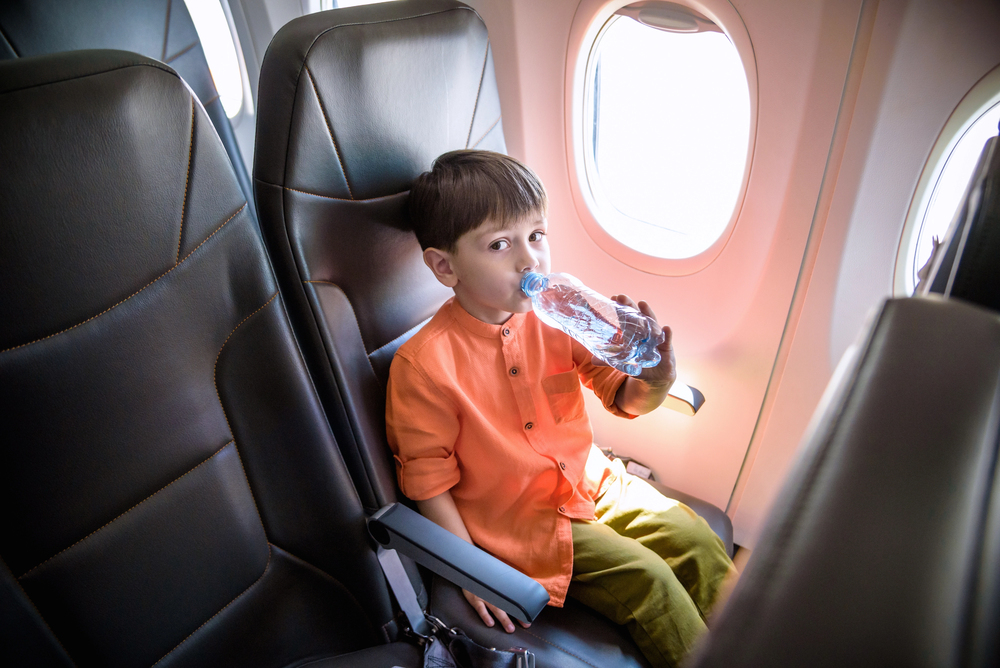
Drink water consistently throughout the flight, but in small sips rather than chugging a whole bottle at once. This keeps you hydrated without forcing multiple bathroom trips that disrupt your sleep and annoy your seatmates. Bring your own water bottle and fill it after security — airport water is expensive, and flight attendants can’t always get to you when you’re thirsty. A good rule of thumb is about 8 ounces of water per hour of flight time, spread out in small amounts.
Avoid the Screen Trap
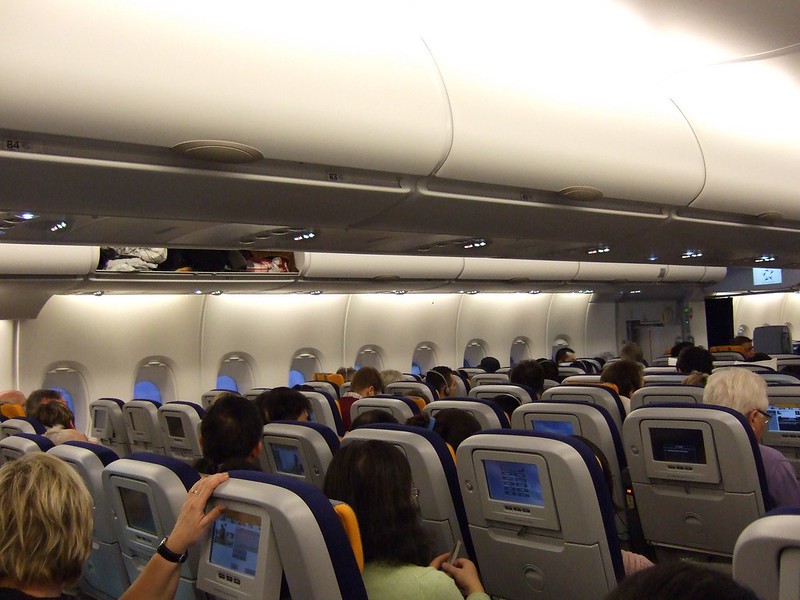
Blue light from phones, tablets, and seat-back screens messes with your body’s natural sleep signals. Your brain thinks it’s daytime when it sees that light, making it harder to fall asleep. Switch to a book, podcast, or calming music about an hour before you want to sleep. Think of it as a digital sunset for your brain. If you absolutely must use a device, turn on night mode or use blue light filtering glasses to minimize the impact.
Choose Your Pre-Flight Meal Wisely
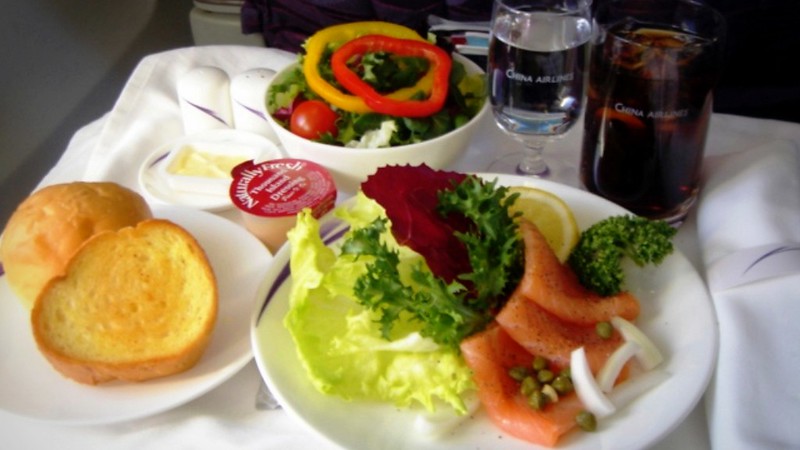
Heavy, greasy airport food sits in your stomach like a rock when you’re trying to sleep. Stick to lighter options like salads, grilled chicken, or soup. If you’re eating on the plane, the same rule applies — airline meals are notorious for being heavy and hard to digest. Your stomach shouldn’t be working overtime when you’re trying to rest. Aim to finish eating at least two hours before you plan to sleep, giving your body time to start the digestion process.
Limit Caffeine After 2 PM
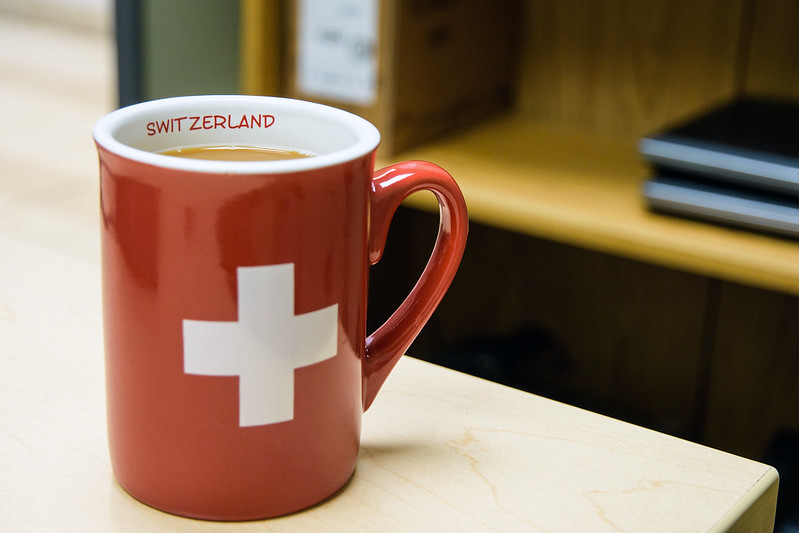
That afternoon espresso might seem harmless, but caffeine stays in your system for 6 to 8 hours. If your flight departs at midnight, your last coffee should be around 2 PM. This gives your body time to process the caffeine so it won’t interfere with sleep later. Switch to herbal tea or water for the rest of the day. Some people are more sensitive to caffeine than others, so if you’re a lightweight when it comes to coffee, cut yourself off even earlier.
Bring a Lightweight Blanket
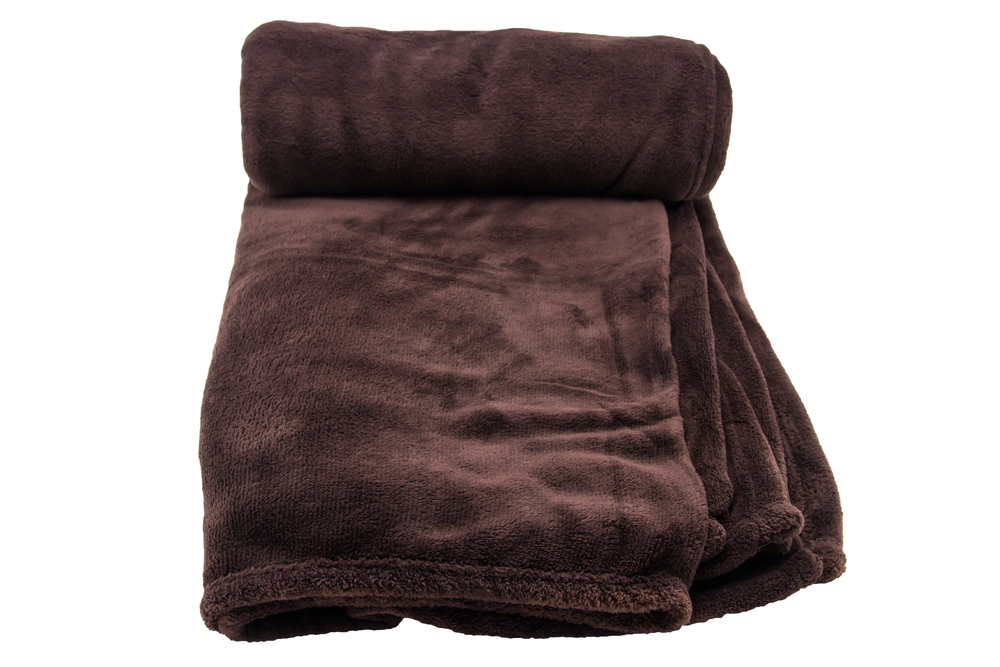
Airline blankets are often thin, scratchy, or nonexistent on some carriers. Pack a lightweight travel blanket or large scarf that can double as coverage. Fleece blankets compress well and provide better warmth than airline versions. Being warm and cozy makes a huge difference in sleep quality. Look for blankets that come with their own carrying case or stuff sack to keep them compact in your luggage.
Board Early for Better Setup
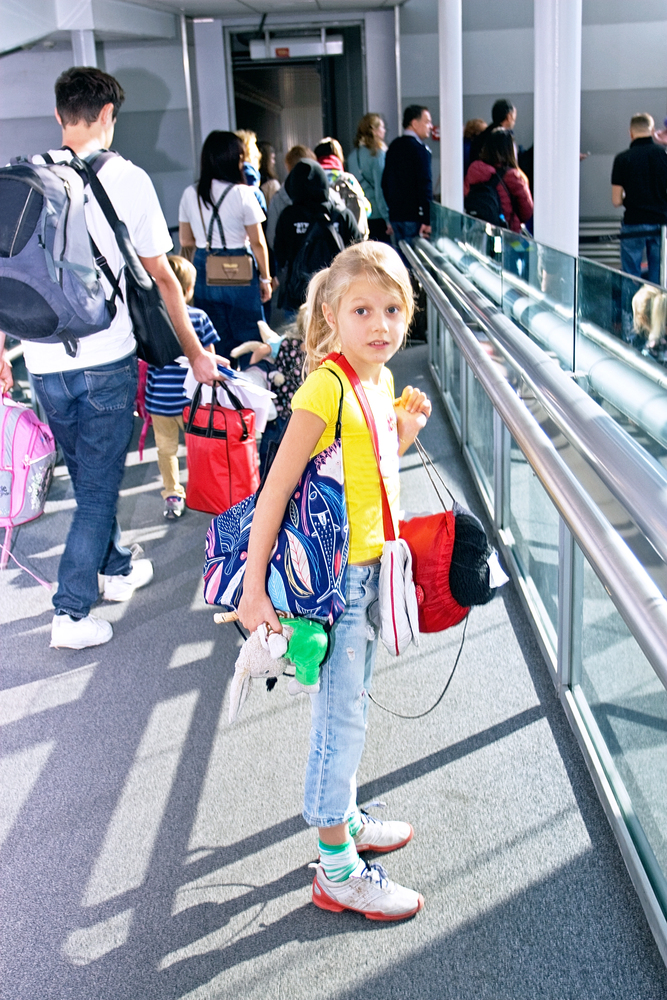
Get in line as soon as boarding begins, even if you’re usually a gate lounger. Early boarding gives you first pick of overhead space and time to set up your sleep station without rushing. You can organize your pillow, blanket, and accessories before the cabin fills up and gets chaotic. Plus, you’ll avoid the stress of wondering whether there’s room for your carry-on, which can keep your mind racing when you should be winding down.
Create a Bedtime Routine
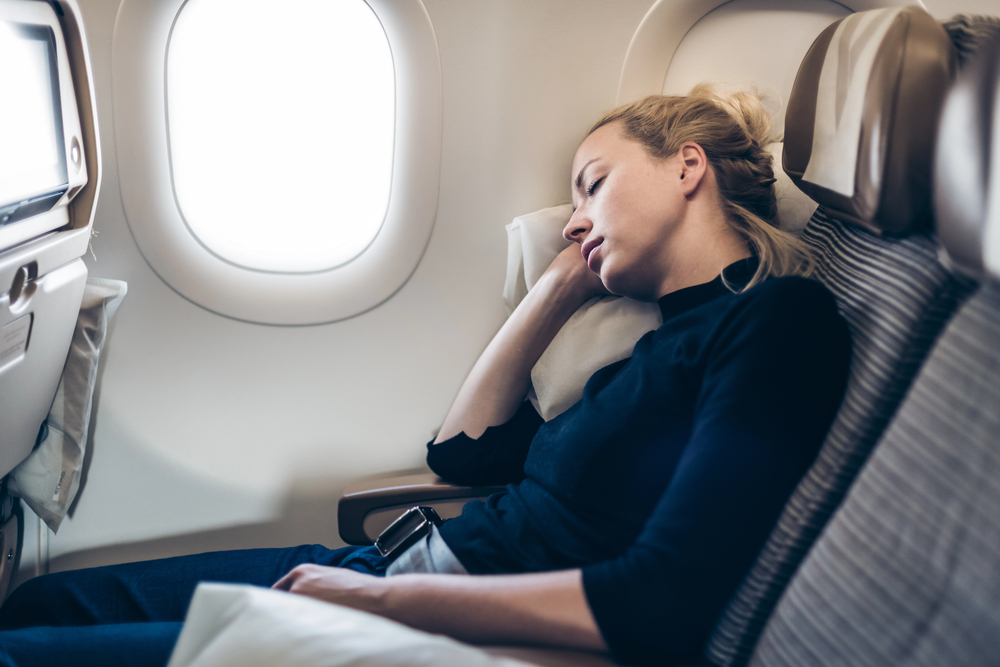
Stick to some version of your normal bedtime routine, even at 30,000 feet. Brush your teeth in the airport bathroom, wash your face, or do whatever helps signal to your brain that it’s time to sleep. Familiar routines work like psychological triggers that tell your body to start winding down. Even something as simple as putting on lip balm or doing a few gentle stretches can help your mind recognize that it’s time to transition into sleep mode.
Position Yourself for Comfort
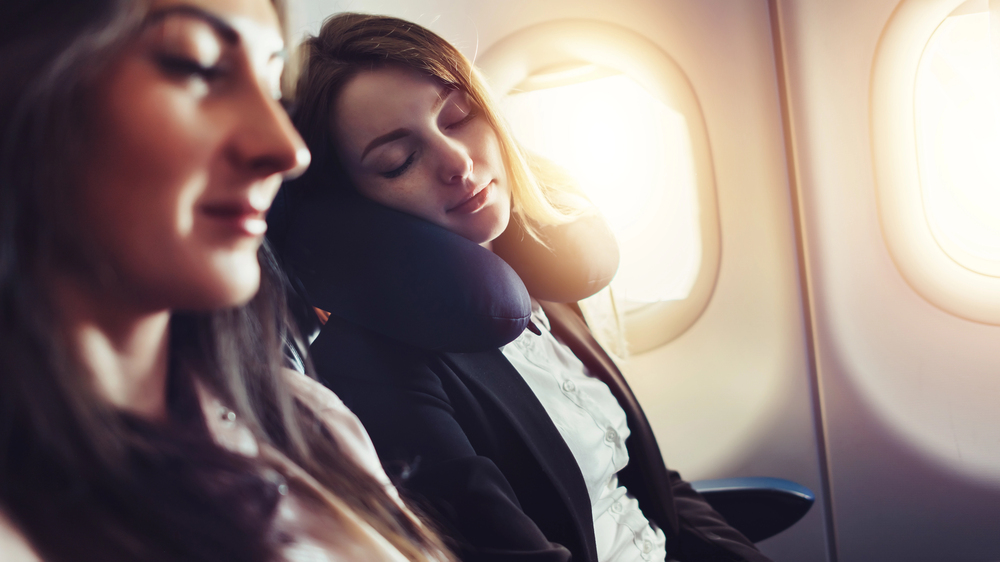
Experiment with different sleeping positions before you actually try to sleep. Some people do better leaning slightly forward with their arms crossed, while others prefer leaning back with their head tilted to one side. Find what works for your body and the seat configuration. Don’t wait until you’re exhausted to figure this out. Take a few minutes during the first hour of the flight to test different angles and support options while you’re still alert enough to make adjustments.
Use the Two-Scarf Trick
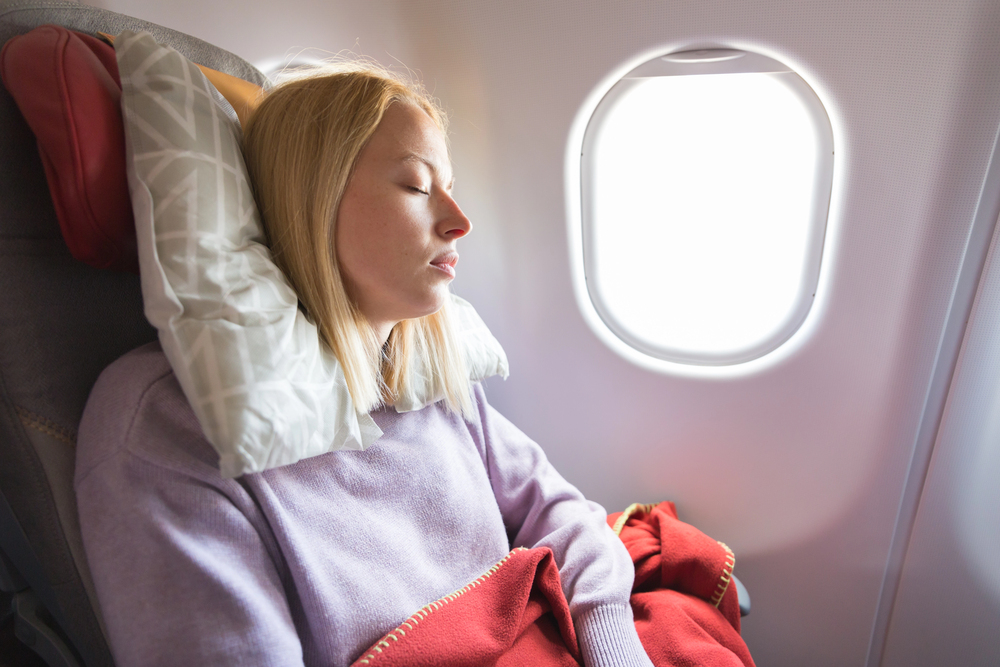
Bring two large scarves or wraps — one for your upper body and one for your legs. Scarves are more versatile than blankets because you can adjust them easily, they take up less space, and they double as fashion accessories. Plus, they’re easier to wash than bulky travel blankets. Choose lightweight materials like breathable fabrics like cashmere blends or soft cotton that feel good against your skin and won’t make you overheat if the cabin temperature changes mid-flight.
Plan Your Arrival Day Carefully

Don’t schedule important meetings or activities that require sharp thinking for your first day after a red-eye flight. Even if you sleep well on the plane, you’ll likely feel somewhat groggy. Plan lighter activities, give yourself time to shower and change clothes, and save the important stuff for day two when you’re more alert. Pack a change of clothes in your carry-on so you can freshen up in an airport bathroom or hotel lobby before starting your day.
Skip the Alcohol

That pre-flight drink might seem like a good idea for relaxation, but alcohol actually disrupts your sleep quality and dehydrates you faster at altitude. The low humidity in airplane cabins already works against you — adding alcohol makes it worse. Stick to water or herbal tea if you want something warm and soothing. Alcohol might help you fall asleep initially, but it prevents you from reaching the deeper stages of sleep that actually leave you feeling rested.
Maintain Your Sleep Schedule for Recovery

The day after your red-eye flight is crucial for getting back on track. Go to bed at your normal time, even if you feel tired earlier or more wired than usual. This helps reset your internal clock faster than napping or going to bed super early. Your body will thank you by adjusting to the new time zone more quickly. If you absolutely must nap, keep it under 20 minutes and before 3 PM to avoid messing up your nighttime sleep.
Why These Tips Work Better Together
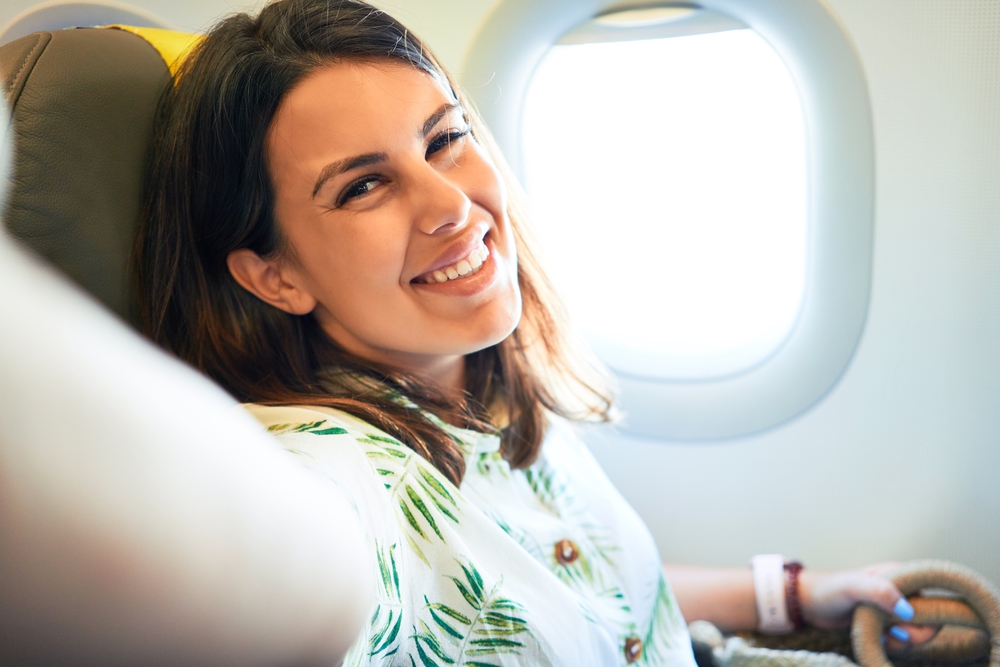
Red-eye flights have come a long way from the days when passengers just had to tough it out with nothing but a thin airline blanket and determination. Today’s travelers understand that overnight flights require the same thoughtful preparation as any other important activity. The strategies that have worked for business travelers crossing time zones for decades now benefit anyone looking to maximize their travel time without sacrificing their well-being.
These techniques aren’t just about surviving the flight — they’re about arriving ready to enjoy your destination instead of spending the first day recovering from a sleepless night in the sky.
More from Travel Pug

- 20 Best Beach Towns in the Carolinas
- 13 Destinations Where Tourists Regularly Regret Their Trip
- 20 Things You Actually Get in First Class
- 20 Small Airports With Aviation Museums
- 20 Places in the U.S. That Are Perfect for a Reset Trip
Like Travel Pug’s content? Follow us on MSN.
